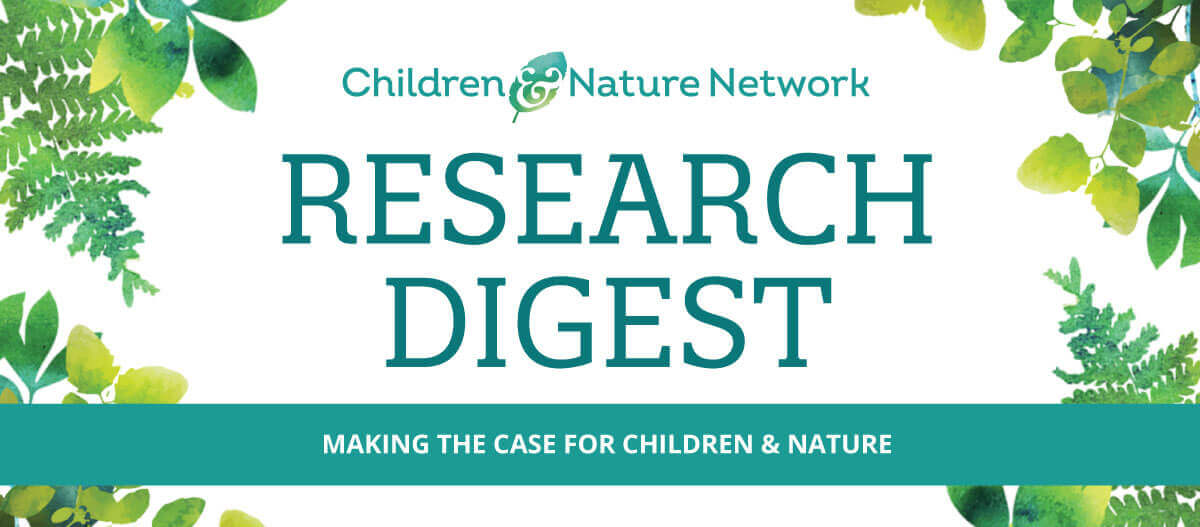Benefits of Risk Taking:
Risk-taking is a natural part of children’s outdoor play behavior and offers a variety of benefits. The value of risk-taking, however, isn’t always understood or appreciated. The benefits include the development of critical risk assessment skills, improved mental health and an increase in physical activity, social interactions, creativity and resilience. The opportunity for taking risks can also motivate children to be more engaged with the natural environment and thus promote connectedness with nature.
Policies and programs expanding children’s opportunities for independence and self-directed play may promote their mental health
This paper notes how children’s freedom to engage in activities that involve some degree of risk and personal responsibility have declined considerably over recent years while mental health issues have greatly increased. Research-based evidence is then provided to support the idea that independent and risk-taking activities contribute to children’s immediate and future mental well-being. Policies and programs expanding children’s opportunities for independence and responsibility are encouraged.
Gray, Lancy & Bjorklund, 2023. Decline in independent activity as a cause of decline in children’s mental well-being: Summary of the evidence.
Access Study
Risky play may promote children’s social, emotional and cognitive development, along with nature connectedness
Children attending nature-based early childhood programs typically spend the majority of their day outdoors in a nature-rich environment engaged in self-directed play. This literature review found consistent positive links between such programs and growth in self-regulation, social skills, play interaction, nature relatedness and awareness of nature. Risky play was identified as one of the possible pathways to these positive outcomes.
Johnstone, Martin, Cordovil et al. 2022. Nature-based early childhood education and children’s social, emotional and cognitive development: A mixed-methods systematic review.
Access Study






